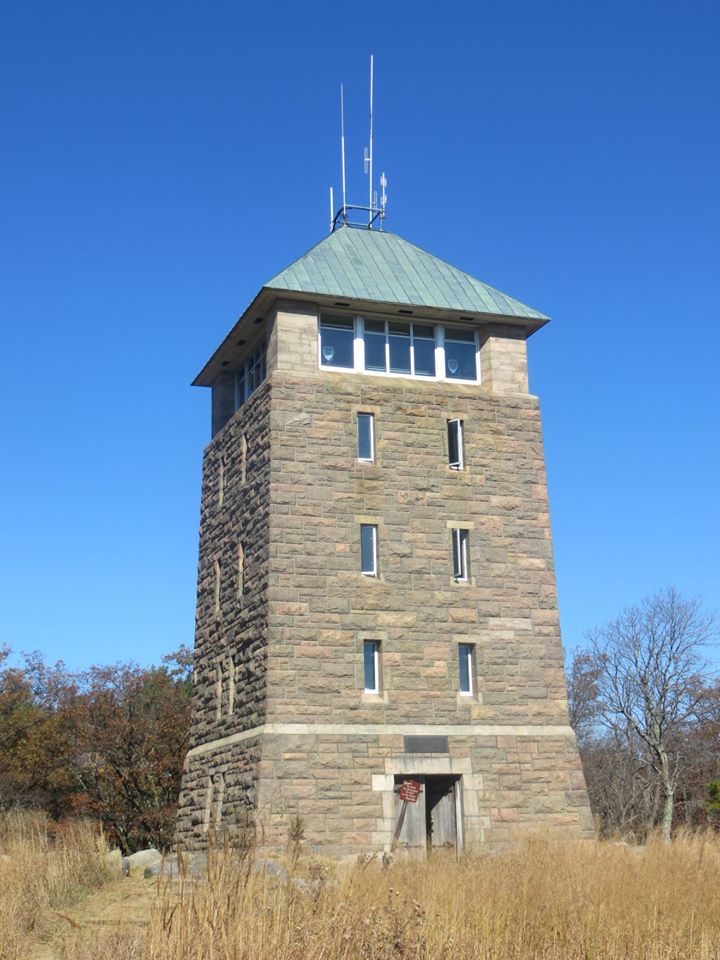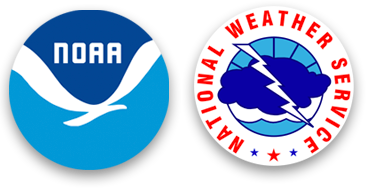The Bear Mountain Weather Bureau Office - National Weather Service Heritage
The Bear Mountain Weather Bureau Office
By Chris Stachelski (christopher.stachelski@noaa.gov)

About 40 miles almost due north of New York City, overlooking the Hudson River in New York, sits Bear Mountain, a popular recreation spot known for its scenic views. Bear Mountain is the most prominent point along the immediate Highlands uplift that stretches across the New York metropolitan area across northern New Jersey into the Lower Hudson Valley of New York, with an elevation at the summit around 1300 feet. Although one can see the skyline of Manhattan on a clear day from the summit, the local landscape is wooded and a stark contrast to the heavily urbanized and suburbanized areas found not that far to the south.
Starting in March of 1929, the United States Weather Bureau began taking surface airways observations just across the Hudson River in Peekskill, New York twice a day. In time these extended to more hours and at their peak in 1933 had extended to 24 hours a day, once an hour. In 1934, it was desired according to station records to have a location without obstructions to wind flow and to “improve location” and thus the site was relocated on September 11th across the Hudson River to the summit of Bear Mountain.
is seen to the lower left of the tower,
with rain gauges to the left of it.
The Bear Mountain United States Weather Bureau office operated at the summit of the mountain at the Perkins Memorial Tower, a 40 foot tall structure of local stone, constructed between 1931 and 1934 by the Civilian Conservation Corps. The tower was named after George W. Perkins, the first President of the Palisades Interstate Park Commission, which oversees many of the nearby parks and Palisades Interstate Parkway to this day. Initially, the Bear Mountain Weather Bureau office was staffed by observers 24 hours a day, each day of the week, who worked out of an office on the ground level of the tower. The weather station here was equipped with a full suite of instrumentation to take surface observations, which included a barometer, wind vane and wind speed recording device, extreme thermometers housed in an instrument shelter, a psychrometer, a weighing rain gauge and an 8 inch standard rain gauge. Given the isolated location of the location, even in those days, travel to the summit was difficult in major storms for the staff of observers due to the narrow, winding access road up the mountain.
The site experiences four distinct seasons with a wide variety of weather the lower Hudson Valley is known for. In the time the site operated, temperatures ranged from a high of 99 degrees on August 26, 1948, to -23 degrees on December 20, 1942. The most extreme events recorded here were the snowstorm of December 26-27, 1947, when 25.4 inches of snow fell in just over 24 hours; the road to the station was blocked by high drifts for 3 days, forcing the station to close and missing some hourly observations. This was for many years the record snowstorm across the New York City metropolitan area, and was not rivaled in amount until the Blizzard of ’96 from January 7-8, 1996 deposited similar to slightly higher values. The second was during the Great Appalachian Storm of November 25, 1950, when winds ultimately reached 140 mph in estimated gusts, and the roof of the instrument shelter was torn off. Station personnel on duty contended with a power outage from the tremendous roaring winds, which downed an “extensive” amount of trees. The following morning on November 26th, the observer reporting for duty had to clear and chop up 8 trees across the station’s access road, and arrived at the station to find power still out and any water left on the ground frozen into pools of ice.

By 1948, station personnel at Bear Mountain were reduced, and the observation program was cut from 24 hours a day to 12 hours a day. One of the more unique settings of a site the Weather Bureau would operate in the Northeastern United States finally came to an end on May 15, 1953, when observations ceased at 15:26 local time. The Bear Mountain weather observatory site was closed for good and never replaced, likely the result of cuts from budgetary and other efficiency reasons.
Ironically, around 35 years later, the National Weather Service would again look at the Lower Hudson Valley region not that far from Bear Mountain when it first considered sites for relocating the New York City Area Weather Forecast Office, and what would then be a new WSR-88D radar, as part of the National Weather Service Modernization and Restructuring. Several factors eventually came into play with siting the radar, and thus the forecast office and radar would eventually end up on Long Island at the Brookhaven National Laboratory from their prior home at 30 Rockefeller Plaza in Manhattan.
Today, the Perkins Memorial Tower is open for visitation as part of Bear Mountain State Park. A small description at the base of an exhibit on the ground level of the tower notes the role in it as a weather observatory in the past. Even though this site has long past as a location the Weather Bureau operated at one can still get a sense of the work environment here long ago when you climb the tower and observe the views that surround it.
Chris Stachelski is the Regional Observation Program Leader for NWS Eastern Region Headquarters in Bohemia, NY.
